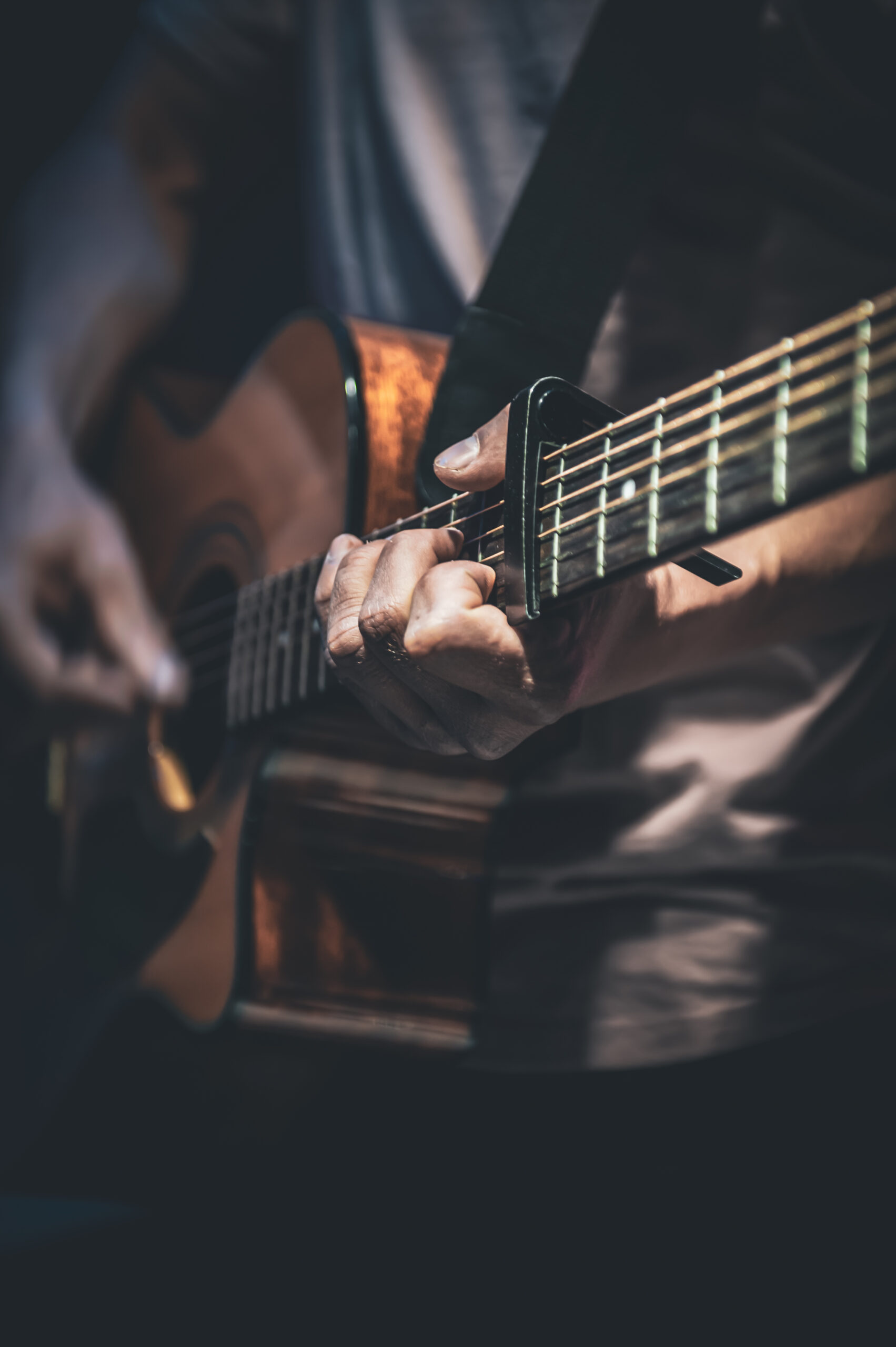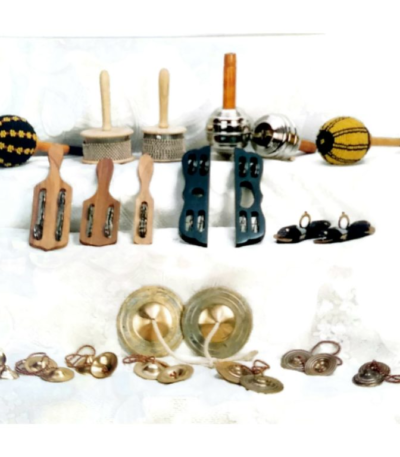Product Status
Showing the single result
Beat to Your Own Rhythm: Explore Percussion Instruments in Mumbai with Haribhau Vishwanath Musicals
Percussion Instruments in Mumbai are a diverse group of musical instruments that produce sound primarily by being struck, shaken, rubbed, or scraped. These instruments create rhythmic patterns and textures that add depth and energy to music across various genres and cultures. Percussion instruments are essential components of ensembles, bands, and orchestras, providing the rhythmic foundation and enhancing the overall musical experience.
There are two main categories of percussion instruments:
Pitched Percussion Instruments: These instruments produce definite pitches or musical notes and are often used melodically. Examples include:
Timpani (kettledrums): Large drums with tunable heads, played with mallets.
Xylophone: Consists of wooden bars arranged in a keyboard-like layout, played with mallets.
Marimba: Similar to a xylophone but with larger resonators underneath the bars, creating a warmer sound.
Glockenspiel: Has metal bars arranged like a xylophone but produces a brighter sound.
Vibraphone: Features metal bars with motor-driven rotating discs that produce a vibrato effect.
Unpitched Percussion Instruments: These instruments produce sounds without specific pitches and are primarily used for rhythm and texture. Examples include:
Drums: Instruments with a membrane stretched over a shell, such as snare drums, bass drums, and tom-toms.
Cymbals: Metallic percussion instruments that produce crashing or shimmering sounds, including crash cymbals, ride cymbals, and hi-hats.
Tambourine: Consists of a circular frame with metal jingles (zils) attached, played by shaking or striking.
Bongos: A pair of small drums of different sizes attached together, played with the hands.
Congas: Tall, narrow drums played with the hands, originating from Afro-Cuban music.
Triangle: A triangular metal instrument played by striking with a metal beater.
Percussion instruments are found in various musical traditions worldwide, from orchestral and classical music to jazz, rock, pop, folk, and traditional music from different cultures. They play a crucial role in creating rhythmic complexity, adding accents, and providing dynamic contrast within musical compositions.
In addition to traditional acoustic percussion instruments, modern electronic percussion instruments have also become popular, offering versatile sound options and performance capabilities. These electronic percussion instruments include electronic drum kits, drum machines, samplers, and MIDI controllers, providing musicians with new avenues for creativity and expression in music production and performance.



